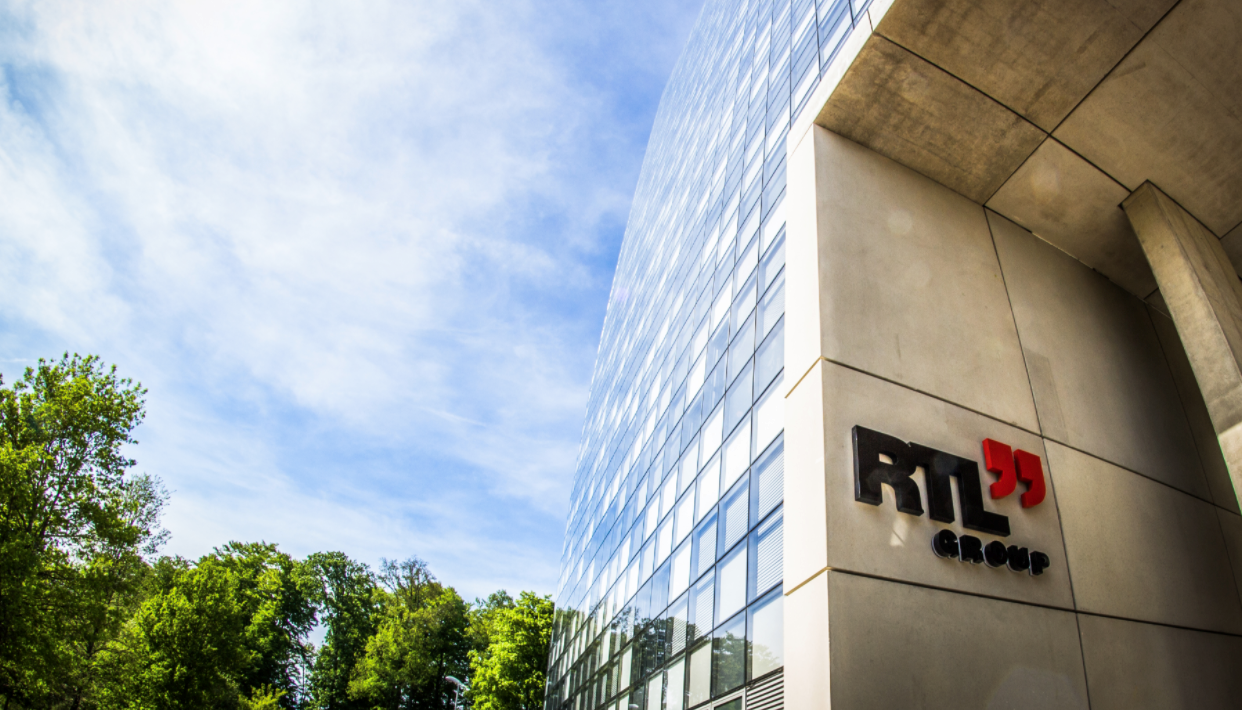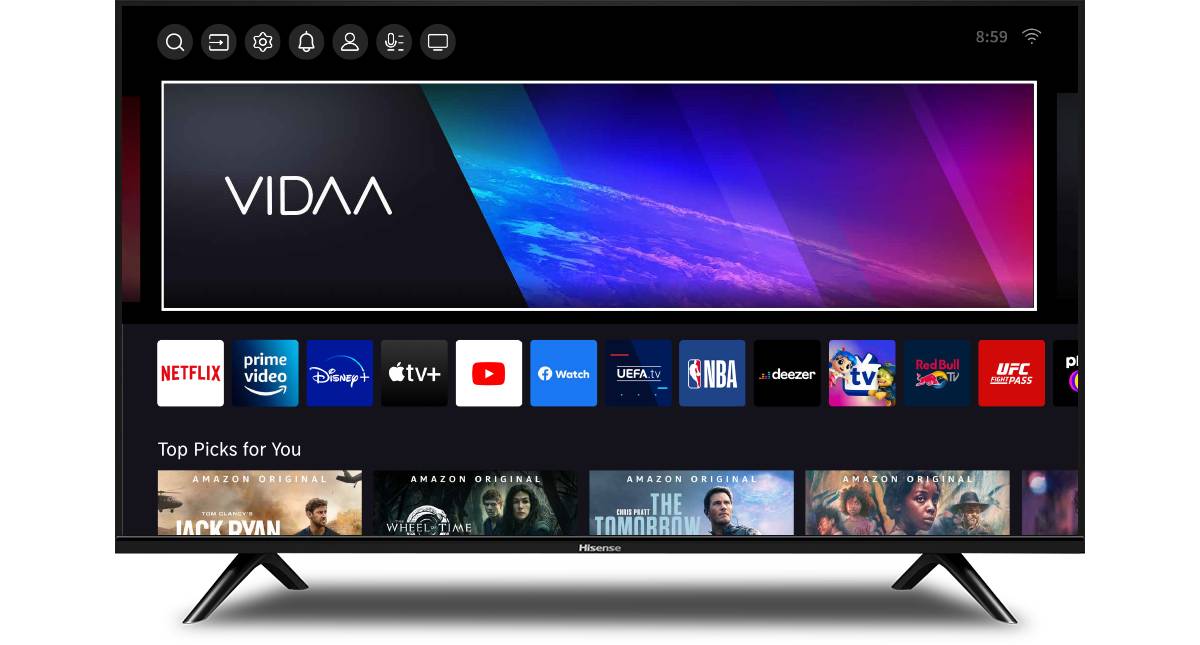Google has announced that it is once again pushing back its deadline for removing third-party cookies from its Chrome browser. The deadline, originally set for the start of 2022, was previously penned for the end of this year, having already been moved back several times. But Google has said that more time is needed, in order to take industry feedback into account and to give the UK’s Competition and Markets Authority, which has regulatory oversight of Google’s decision, time to review evidence. Now it says it expects to start ramping up cookie deprecation “starting early next year”.
Is this a much needed delay, providing more time for Google to refine its cookie-free Privacy Sandbox tools (while also shifting total cookie deprecation away from Q4, a crucial period for advertising)? Or does the delay just complicate things further, throwing off timelines which the industry has been working towards and creating more uncertainty for the industry? VideoWeek spoke with leaders from across the industry to hear their views:
 Belle Cartwright, Global Tech Acceleration Lead, EssenceMediacom
Belle Cartwright, Global Tech Acceleration Lead, EssenceMediacom
Is this good news for advertisers and publishers? Yes, it is. Advertisers and publishers need confidence that they can continue to realise value from cookieless media solutions. It’s clear that ad tech is not yet ready for full cookie deprecation. Without this readiness, and the ability to test solutions, it is challenging to build a true picture of what full cookie deprecation will mean. However, the risk is to think we have a lot more time than we do. The benefit of a delay can only be realised if ad tech providers continue to accelerate towards delivering cookieless innovation and grow collaboration with their advertiser and supply side partners.
Is shifting the timing away from Q4 significant for the industry? Q4 is a particularly important time for many advertisers with a high campaign and investment load. To cause widespread change, could have negatively impacted advertisers who have not yet considered any cookie loss risk mitigation measures and/or advertisers who have not yet started testing new cookieless solutions being brought to market. There was strong feedback across the industry to Chrome about the importance of Q4 so this could have been a factor in their decision making.
Are we likely to see significant changes made to Sandbox APIs, given this extra time? I would not expect to see a significant shift in the core architecture or purpose of APIs that Chrome have been developing. However, I would expect to see an evolution in APIs and the data available from them based on the general industry feedback and anticipated CMA Q1 report.
This would be in line with the open-source nature and approach to Privacy Sandbox evolution that Chrome have been taking to date. In terms of understanding CMA regulatory needs vs. broader industry functional needs, we should seek to split assessment and feedback on the technology.
On the latter point, on assessing Privacy Sandbox’s value in supporting ad tech solutions being built, we should be evaluating this through the lens of incrementality rather than A vs. B – i.e., does the Privacy Sandbox provide a return beyond only using alternative solutions. With regards to submitting feedback for regulatory purposes, we need to be realistic about what we can expect the Privacy Sandbox can deliver regarding sustaining media functionality whilst also preserving user privacy.
 Rob Webster, Chief Strategy Officer, Kindred for Business
Rob Webster, Chief Strategy Officer, Kindred for Business
Google’s delay of the Privacy Sandbox was expected. Crucially though we don’t know how long a delay, if it’s the first half of ’25 then not much has changed but longer would be shocking for the industry.
In the short run this will protect publishers’ revenues and so on that front it should be applauded. Yet it also delays potential salvation, new techniques could actually unshackle publishers from Google’s control (who don’t engage with new IDs/clean rooms and the like). The adoption of these new areas, particularly on the buy side, will now be held back by the latest delay.
Google are the big winner here as they continue to enforce the use of outdated and unsecure technology that feathers their own nest and puts them in complete control. Innovative independent adtech are the big losers having the rug pulled from them again. This ultimately hurts the whole ecosystem.
While this week’s announcement is frustrating for the advertising industry, it’s not surprising. Frustrating because of the amount of resource and time invested by publishers, brands and ad tech companies to adapt to a significant change in how the Chrome ecosystem will operate, but not surprising as Q4 is a crazy time to roll out any technology change that impacts the advertising industry.
Then you also have to consider the significant performance issues most publishers are experiencing with the ‘1 percent test’, combined with competition regulation challenges across multiple markets. In addition, the Privacy Sandbox in its current form is not ready for rolling out, and won’t be for some time. While this is the right decision for today, the world definitely wants to move on from talking about third-party cookies. To this end, it’s highly unlikely that the announcement will change the path of those companies who have already deemed Chrome monetisation to be unreliable, and are implementing changes to mitigate business risk.
 Amelia Waddington, Chief Product Officer, Captify
Amelia Waddington, Chief Product Officer, Captify
One quarter doesn’t make that much difference. Google have published a new timeline showing Q1 2025 instead of Q4 2024 as the phase out period. The scale of the changes means that this shouldn’t have a big impact in terms of how marketers should think and plan for this. Marketers should be using this time to test and learn with cookieless solutions, alongside their existing set ups, and use the time to do side by side comparisons to ensure they are well positioned once the phase out comes.
But, people don’t believe it really is a quarter, and that is a problem. As the date has moved so many times now there is a risk of feeling like “the boy who called wolf” and there are many people out there in the industry who don’t believe this will happen. This is dangerous for two reasons.
- Marketers choosing the easier route of sticking with cookie-based solutions are not benefiting from the advantages that newer more privacy friendly solutions bring (namely better reach and performance)
- If there isn’t enough testing then the CMA will not be able to meet their condition for approval, which is that the alternative solutions have been tested and there are acceptable alternatives, then the continual slippage becomes a self-fulfilling prophecy
Marketers need to lean into saving the open internet. The CMA and ICO have based their decisions on ensuring the health of the open internet is protected in the long run, this is critically important as that is where consumers spend most of their time, not on the walled gardens where most of the ad spend goes.
Let’s not forget the consumer in all of this, they and their regulators do not like cookies and brands that put consumer privacy first will build durable and lasting relationships with their consumers.
 James Rosewell, Co-Founder, Movement for an Open Web
James Rosewell, Co-Founder, Movement for an Open Web
Google had little choice but to once again delay its anti-competitive plan to remove interoperability from the open web ecosystem in the face of stiff regulatory and industry pressure. The CMA, the EU and the US Department of Justice are now all looking in detail at Google’s Privacy Sandbox, the role of Chrome web browser, and Google’s market position more widely so it was inevitable that Google would be prevented from unleashing a change of this magnitude before those inquiries have been resolved.
The EC Statement of Objections and the DoJ’s ad tech case are related to Google’s dominance of digital advertising and it’s clear that the Sandbox was an attempt to circumvent any breakup of the company. By moving ad auctions, reporting, and classification into the browser Sandbox made the likely divestiture of Google’s ad tech businesses irrelevant and this delay is tacit acknowledgement by Google that their ploy has been recognised by the regulators.
The fact Google’s Privacy Sandbox simply doesn’t work provides convenient cover. The CMA and the IAB Tech Lab have both publicly voiced their concerns that the platform wasn’t fit for purpose. Google can simply acknowledge their concerns and avoid the embarrassment of injunctions from regulators.
This delay should be fatal for the Sandbox project. There’s no realistic prospect that the technology can be released until the conclusion of the US and EU legal cases. New digital regulations such as the EU DMA and the UK DMU will now have time to come into effect guaranteeing interoperability in digital markets.
Once the legal process has been completed and a regulatory infrastructure is in place then the market – and not Google alone – can really innovate to provide many different approaches to privacy in digital advertising. This is a major opportunity for the industry to make the digital environment safer and more competitive in a way that works for everyone and not just a dominant monopolist.
 Noor Naseer, VP of Media Innovations, Basis Technologies
Noor Naseer, VP of Media Innovations, Basis Technologies
The entire ad industry can’t be ready for change if Google isn’t ready for it. As things stand today, there’s a lot of ambiguity around the application of Privacy Sandbox tools, and most advertisers haven’t tested them nor been given enough direction on how to.
The type of industry restructuring Google was envisioning led by its suite of solutions requires clear instruction and a massive testing window so advertisers can get comfortable or at least attempt to. But those alternative solutions haven’t been fully rolled out yet. The suite of Privacy Sandbox solutions are still conceptual in the eyes of most advertisers. Almost everything the average advertising professional knows about Privacy Sandbox is hearsay. Few have tested it and they’re all waiting for more reviews on who else has done it, how they’ve done it, and with what degree of success.
Also, the rumblings around those who have tested it have been ambiguous. Assessments by governing bodies like those of the UK’s Competition and Markets Authority and the IAB Tech Lab have left observers with more questions rather than clarity on how to take action. This update is not a surprise but a welcome sigh of relief, even if it’s just a temporary one.





